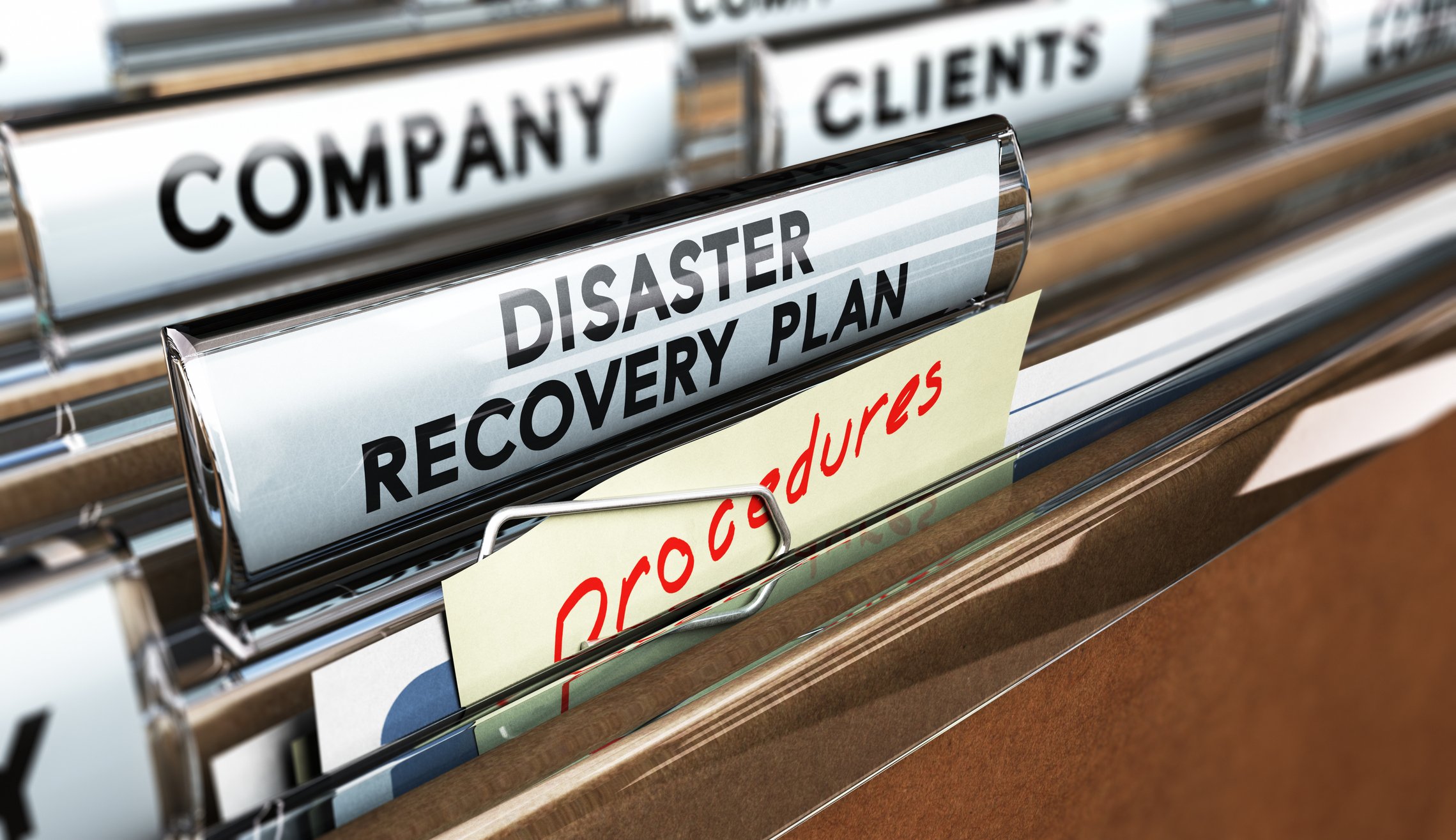Developing a Disaster Recovery Plan: Essential Steps for Business Continuity
In today’s digital landscape, businesses face a wide range of threats, from cyberattacks and data breaches to natural disasters and hardware failures. A disaster recovery (DR) plan is crucial for ensuring your organization can quickly recover from such disruptions and resume normal operations with minimal downtime. Developing a solid disaster recovery plan is not just about protecting data, but also safeguarding your company’s reputation, finances, and customer trust. Here are the essential steps to creating an effective disaster recovery plan for your business.
1. Conduct a Risk Assessment
The first step in developing a disaster recovery plan is understanding the types of disasters your business could face. These could include:
Natural disasters such as floods, hurricanes, or earthquakes.
Man-made threats such as cyberattacks, power outages, or human error.
Technology failures such as server crashes or data corruption.
Conducting a comprehensive risk assessment allows you to identify vulnerabilities in your infrastructure and processes. Assess the likelihood of these risks and their potential impact on your operations. This understanding will help prioritize areas that need the most attention.
2. Define Critical Business Functions
Once you’ve identified potential risks, the next step is to determine which business functions are critical to your operations. These are the activities that must be restored as quickly as possible in the event of a disaster to avoid significant financial loss or operational disruptions. Examples might include:
Access to customer databases and order processing systems.
Communication systems, such as email and VoIP.
Financial systems that handle payroll and invoicing.
Make a list of your critical functions and rank them by priority, taking into account how long your business can operate without them. This will guide your recovery objectives and help determine the resources needed to get back up and running.
3. Establish Recovery Objectives
To ensure a timely recovery, it’s essential to define two key objectives:
Recovery Time Objective (RTO): The maximum amount of time your business can function without a particular system or process before it significantly impacts operations.
Recovery Point Objective (RPO): The maximum allowable amount of data loss measured in time. In other words, how far back in time can you afford to go when recovering data (e.g., from a backup) without causing irreparable harm to your business?
These objectives should be based on the importance of each function and how its downtime affects your business.
4. Develop a Data Backup Strategy
Data is often the lifeblood of any business, and its protection should be a top priority in your disaster recovery plan. Implement a backup strategy that ensures critical data is regularly backed up and stored in multiple locations. Options include:
On-site backups: Storing data locally on physical devices, which offers quick access but is vulnerable to physical disasters.
Off-site backups: Sending data to a remote location, which protects it from local disasters.
Cloud backups: Using cloud services to store data securely off-site, offering both convenience and protection.
Automating backups and testing them regularly ensures that your data will be recoverable when needed.
5. Create a Communication Plan
In the event of a disaster, clear communication is vital. Develop a plan for notifying employees, clients, and stakeholders about the disaster, what actions are being taken, and when they can expect systems to be operational again. Your communication plan should include:
A designated team responsible for disaster recovery efforts.
Contact information for all key personnel, vendors, and service providers.
Pre-drafted messages for various scenarios to save time in a crisis.
Ensuring that everyone is informed and aware of their roles during recovery can minimize confusion and improve response times.
6. Test and Update the Plan Regularly
A disaster recovery plan is only as good as its execution. Regular testing is essential to ensure that all components of your plan work as expected. Conduct simulations or drills at least annually to identify potential weaknesses or areas for improvement. Following each test, update the plan based on lessons learned and any changes in your business environment.
In Conclusion:
Developing a disaster recovery plan is an essential part of business continuity. By conducting a risk assessment, defining critical functions, establishing recovery objectives, implementing a backup strategy, and developing a communication plan, your business can be prepared for unexpected disruptions. Regular testing and updates will ensure that your disaster recovery plan remains effective and ready to protect your organization when it matters most.

